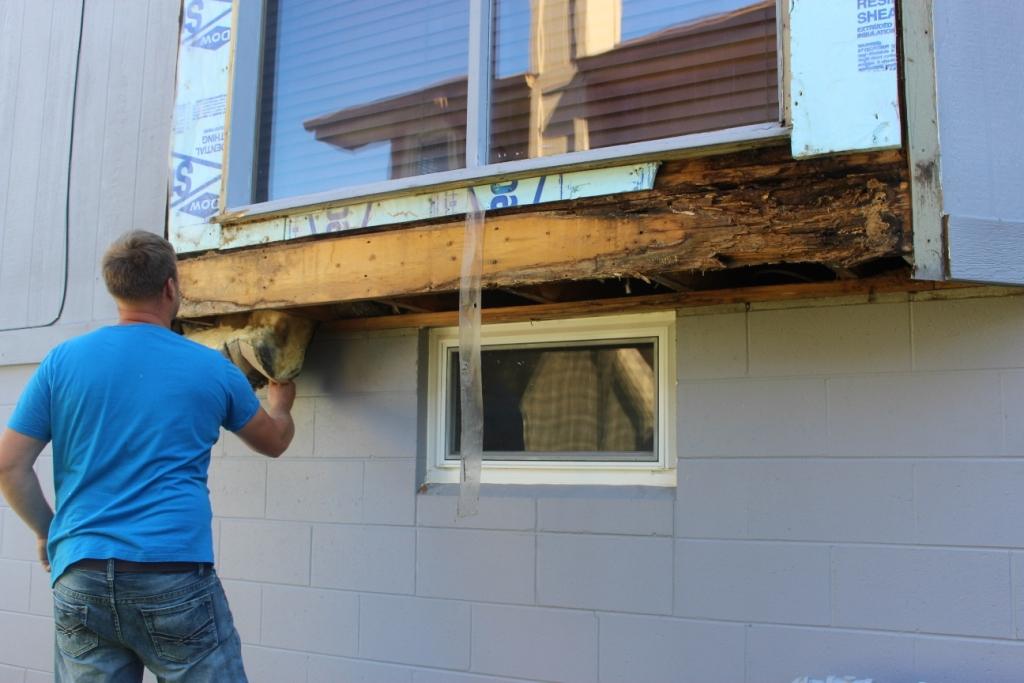Common locations for water leaks in siding are at the corners of the house anywhere two siding panels meet and around the windows where the siding abuts the trim.
Moldy water damage to house siding.
Over time rain runoff soaks into the siding and causes mildew and rot.
Use your vacuum to extract the dead mold spores from the upholstery.
First it can have a major impact on your home s structure and integrity.
Chlorine can also damage foliage and stain clothing.
For more porous surfaces like drywall just use a rag so you don t damage the surface with more abrasive cleaners.
Mold feeds on organic materials such as wood paper and certain types of glue.
However if the flashing is broke or not properly attached water can seep behind the siding allowing mold to grow.
The first three courses of siding 2 feet or so up from the ground and wood framed chimneys or chases that aren t protected by a roof overhang.
Working on the fabric will cause the mold spores to go into the air.
Test any cleaning solution and tools on a small out of sight portion of your siding to.
Scrub with moderate pressure being careful not to push too hard against the flexible vinyl which can break.
Scrub mold off hard surfaces such as window sills and tile with detergent and water and dry completely with a rag.
Less volatile than chlorine it removes mildew on and below the surface as well as algae dirt and oxidized paint but won t harm plants or clothing.
Test a small spot.
Follow these steps to remove mold or mildew from your home.
Leave the items in the sun all day to kill mold.
Allowing mold to continue to grow under your siding can have a number of consequences.
Oxygen bleach hydrogen peroxide.
Generally the exterior homes surfaces are washed sometimes with a power washer but that may damage some types of siding which is another reason to consult a professional or the manufacturer of your home before getting started then a mold removal product is applied.
Brush the fabric with a soft brush.
The mold should be eliminated now.
Avoid metal fiber brushes they can damage the siding.
The good news is that damage is usually limited to two areas.
Mold removal usually requires some scrubbing and the best tool to use is a stiff bristle natural fiber scrub brush.
Spray them with disinfectant and return your items back inside the house.
Unsealed gaps in these spots.
It appears to make mildew vanish but on porous surfaces such as wood or vinyl siding chlorine evaporates too quickly to get to the fungi s roots guaranteeing regrowth.

















































